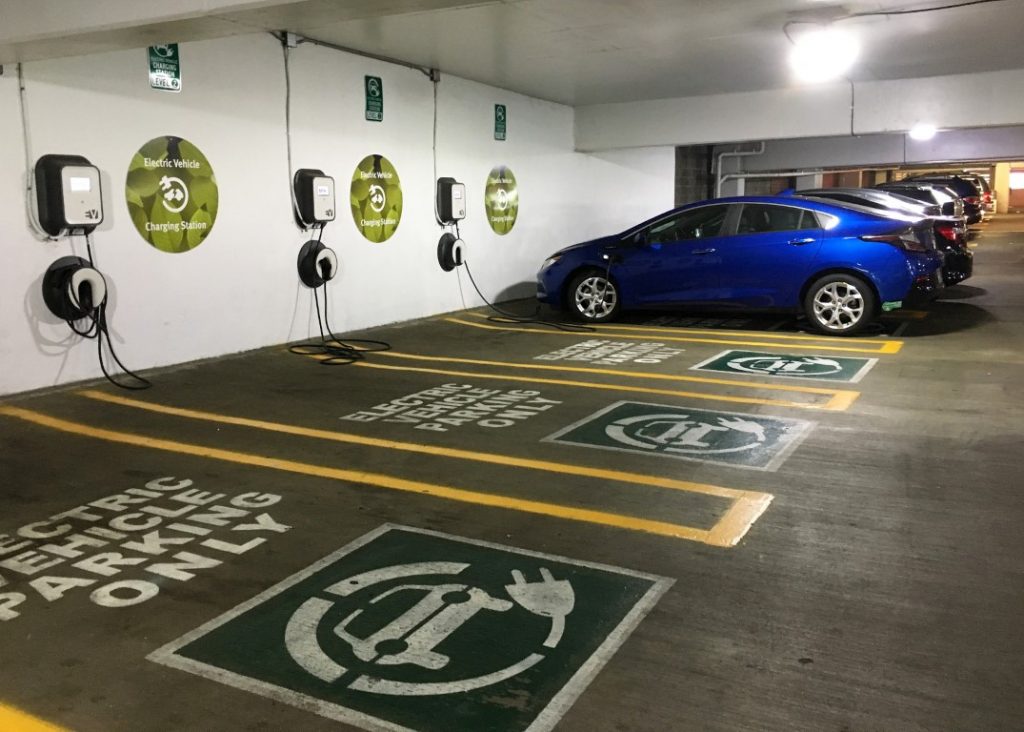Installing EV Charging Stations
What You Need to Know About Installing Commercial Electric Vehicle Charging Stations
While purchasing a car, many younger drivers are now focusing more on the environmental footprint of the vehicle than anything else. With the protection of the planet through reduced emissions becoming the priority, it is not surprising that the global sales of electric vehicles are continuously rising. Tesla has recently manufactured its millionth vehicle, and over 1,400,000 plug-in electric cars are owned by Americans alone.
Since December 2017, 87% of the 20,000 charging sites in the United States were available for public use. This number, however, is incredibly low in comparison to the number of conventional gas stations existing in the country. While many people are considering investments in commercial electric vehicle charging stations, it is necessary for them to be aware of different aspects of these stations before doing so.
The main question that arises is where one should install electric vehicle charging stations. The areas in which these stations are in highest demand are places that are frequently visited by people. This is because people prefer charging their cars while they run errands in order to save time. These include shopping areas, public parking lots and garages, city centers, as well as central business districts. Additionally, they can be installed in residential areas, especially in multifamily properties, as well as on highways.

There are different kinds of commercial electric vehicle charging stations. These are categorized according to charging speeds, also known as charging levels, as well as on the basis of data communications. Level 1 charging is the slowest, Level 2 is slightly faster, and Level 3 is DC fast charging. While Level 3 charging stations may seem like the best option, they are much more expensive in terms of installation and energy requirements, and not all electric vehicles are compatible with this type of charging.
Apart from charging levels, data communications must also be considered prior to developing a charging station. Through data communications and smart networks, commercial property owners can limit the people who can access the charging station while also setting custom prices to make up for energy costs.
The last and most important aspect to consider is the budget required for installing the electric vehicle charging station. The cost of installation is determined by several factors which can either increase or decrease the total investment capital required. These factors include the location of the site, the availability of electrical services in the area, data connectivity, the cost of materials, cost of labor, taxes, as well as any costs associated with permits. Moreover, while installing a charging station in newer buildings may be easier, older buildings will require renovations which will increase costs further.
However, you can lower the total installation cost by using existing infrastructure for electricity, partner with other businesses, or even benefitting from rebates, grants, or incentives offered for electric vehicle charging stations.
Once you have considered all these factors, you may find yourself better prepared to determine whether or not you are ready to invest in commercial electric vehicle charging stations.



